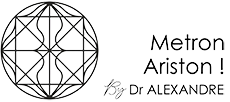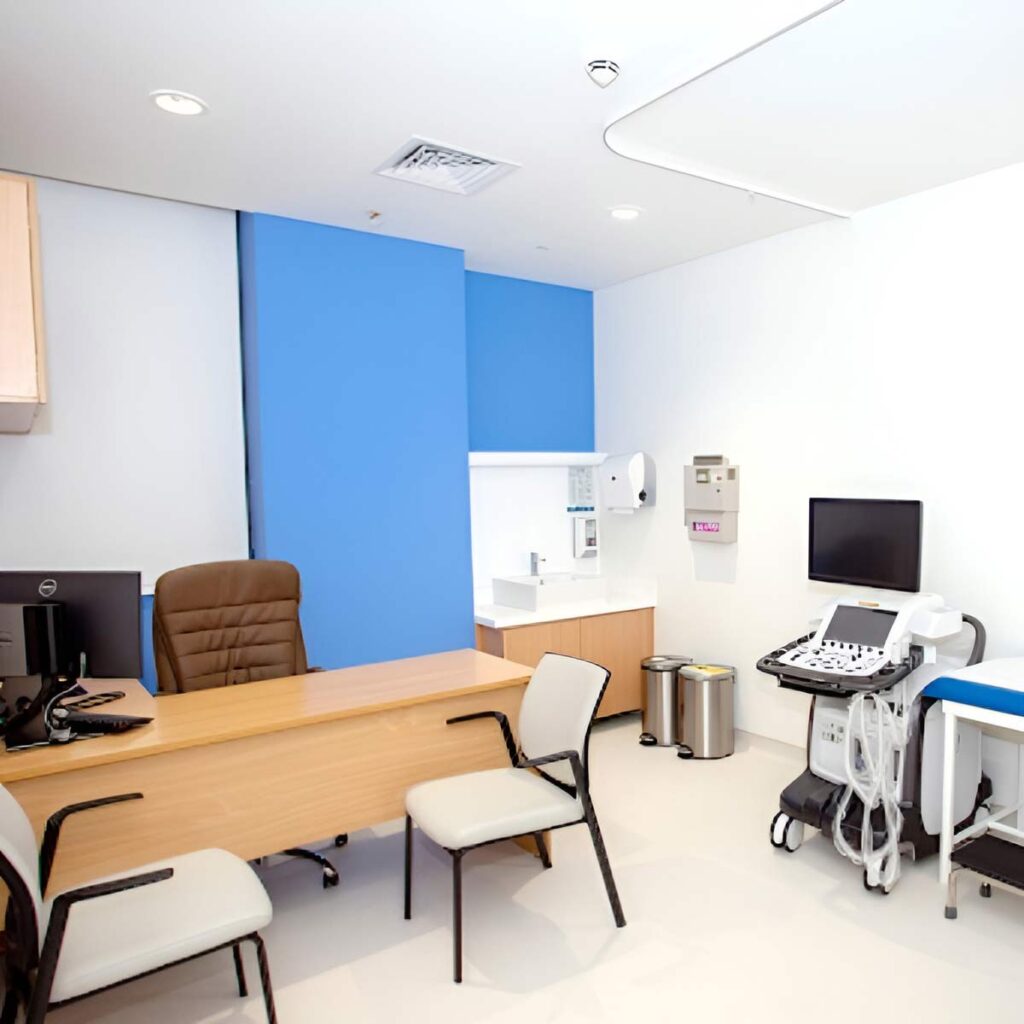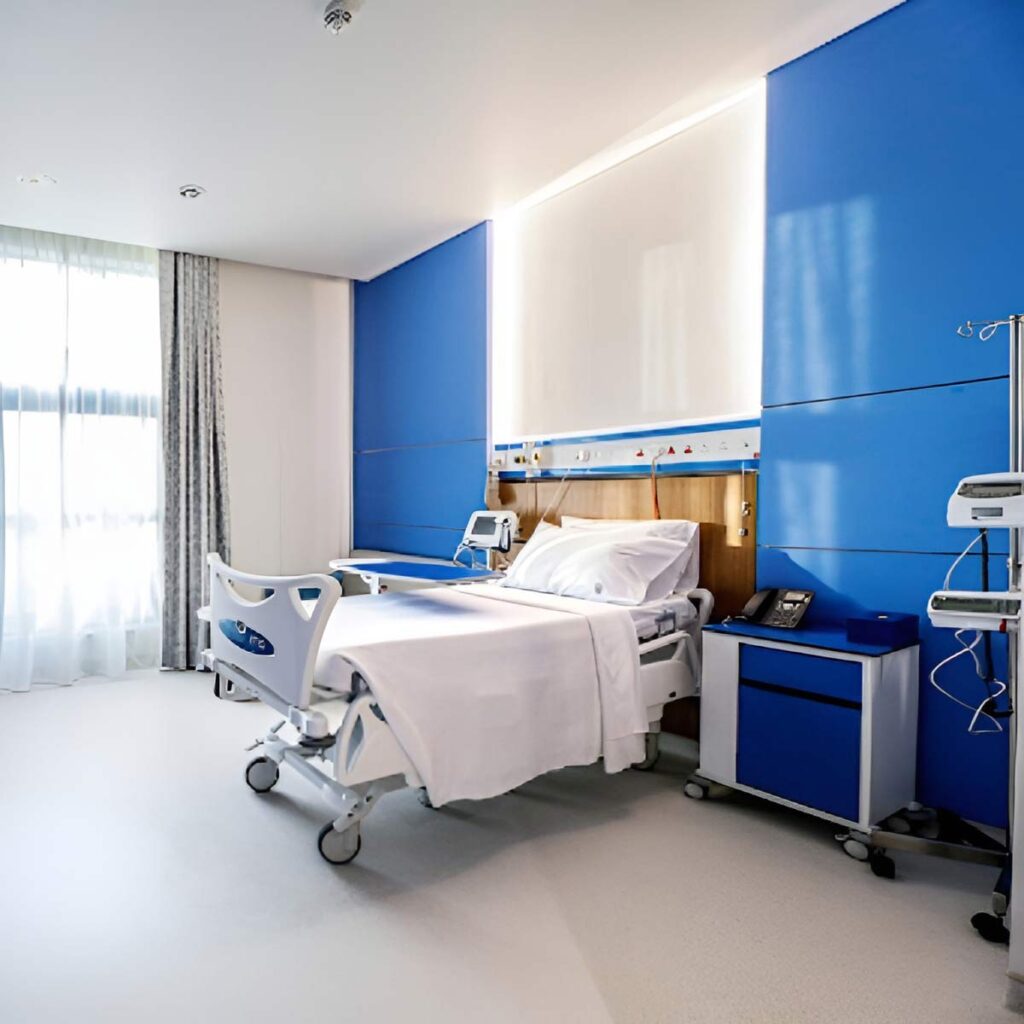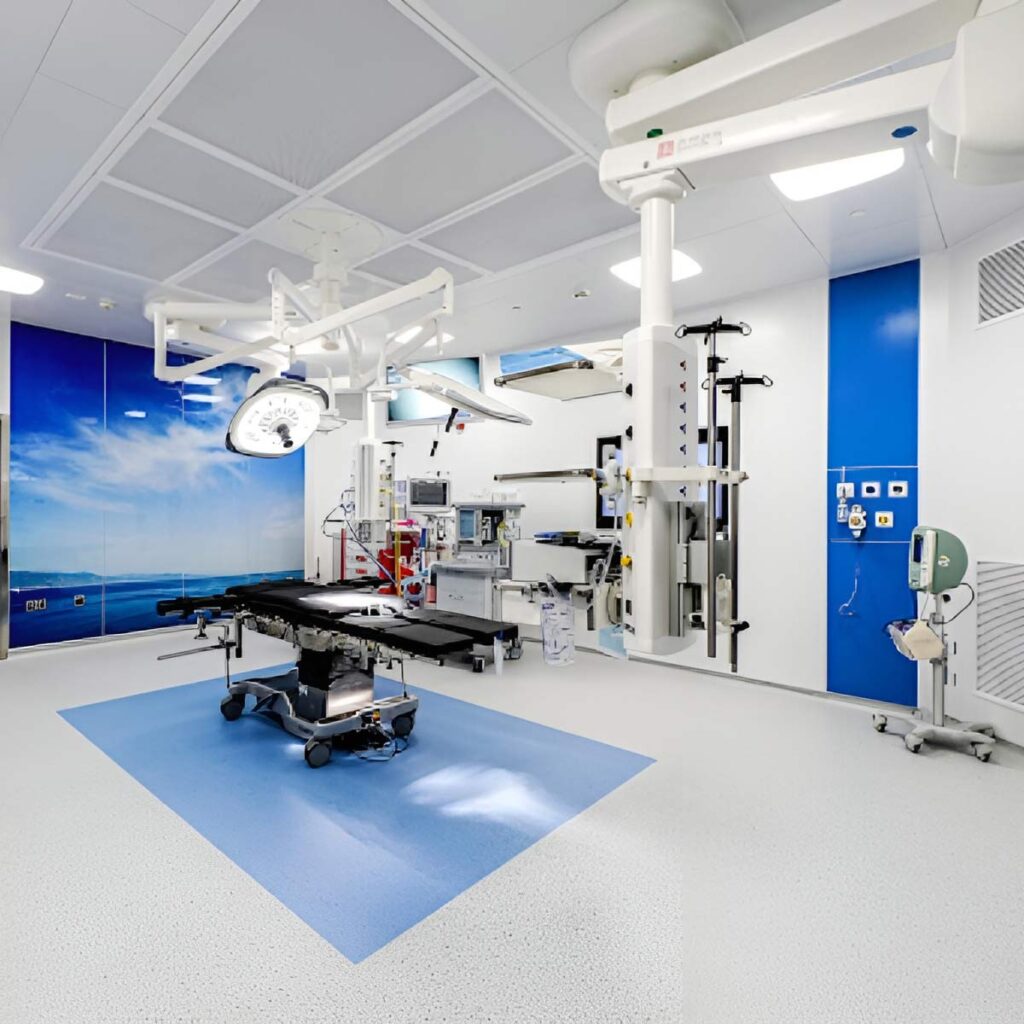Rhinoplasty Nose Surgery in Dubai
What is Rhinoplasty?
Rhinoplasty, commonly referred to as nose surgery, is a specialized procedure designed to reshape the nose to enhance facial harmony and, if needed, improve breathing functionality. Whether performed as a standalone rhinoplasty nose surgery or combined with other facial enhancements like chin surgery (genioplasty). Rhinoplasty procedure can redefine your facial profile for a balanced, natural look.
Rhinoplasty in Dubai addresses a range of concerns, from congenital irregularities and injuries to age-related changes. The goal is a result that aligns beautifully with your facial features and reflects your personality. With rhinoplasty, patients achieve a nose that not only meets their expectations but also harmonizes seamlessly with their overall appearance. This can be achieved if you have a qualified plastic surgeon like Dr. Alexandre Dionys.
Book A Free Consultation
Dr. Alexandre Dionys M.d., Ph.d.
Book A Free Consultation
Overview
The rhinoplasty operation typically involves hidden incisions inside the nostrils, allowing the surgeon to skillfully reshape the bone and cartilage that define each nose’s unique structure. The skin is then carefully re-draped to adapt to the new nose shape, highlighting how essential skin quality is for achieving the desired result—without visible scarring.
If a nasal obstruction affects breathing, it can be corrected during the rhinoplasty surgery. Common causes include a deviated septum or hypertrophy of the nasal concha, both of which can be addressed in the procedure.
Rhinoplasty surgery is available for both men and women and can be performed from the age of 16, once facial growth is complete.
Hospital Facilities
Our state of the art facilities are designed for premium plastic surgery services, making use of advanced technologies and enabling the application of innovative techniques.
Our patients benefit from the latest advancements in aesthetic surgery procedures, which ensure minimal downtime and optimal results.
Our facilities are equipped with cutting edge technologies and provide a comforting environment, focusing on delivering not just transformative plastic surgery solutions but also a superior patient experience. The dedicated staff, from the doctors to support personnel, is committed to maintaining the highest standards of patient care, making Dr. Alexandre a top choice for high-quality plastic surgery services in a sophisticated setting.
Before the operation
Prior to the nose job operation, a thorough examination of the nasal pyramid and its harmony with the other features of the face will have been carried out, along with an endo-nasal examination.
A simulation of the desired result can be done using photos and computer software. The virtual image obtained should be considered as a guide to help understand the wishes and expectations of the patient. Nevertheless, it should be understood that the final result may be slightly different and not an exact copy.
A preoperative check-up will be carried out as prescribed.
No aspirin-based medication should be taken during the 10 days preceding the operation.
For certain types of anaesthesia you must fast (neither eat nor drink) for eight hours before the operation.
Hospital stay and type of anesthesia
Type of anesthesia: This operation is usually performed under general anesthesia. An anesthesiologist will see you in consultation at the latest 48 hours before the operation.
Hospital stay: Rhinoplasty is usually carried out on an out-patient basis – the patient leaves on the same day after some hours of medical supervision. However, in some cases a short hospital stay can be preferable. The patient arrives in the morning (or sometimes the previous evening) and is discharged the following morning, or the following day.
The procedure
Techniques are adapted in order to obtain the best results in each case. We can however give some basic points:
The operation can take between 2 and 3 hours depending on the specific requirements and complexity of the case.
The result
The result usually corresponds to the expectations of the patient and is fairly close to the initial project drawn up before surgery. The changes brought about by this operation are permanent. The only modifications which can occur are those which would have occurred in the normal aging process as for a nose without surgery.
Possible complications
When performed by a specialist like Dr. Alexandre, the risks are minimized. A rhinoplasty, although essentially an aesthetic procedure, is still a surgical operation, which means it carries the risks inherent to any surgery. These risks can be categorized into those related to anesthesia and those associated with the surgery itself. An experienced anesthesiologist in a surgical setting ensures that anesthesia-related risks are statistically negligible, providing patients with greater peace of mind.
My Way …. “Metron Ariston”
The nose plays a crucial role in creating facial balance. Changing the nose can actually make the entire face look more symmetrical and proportional.
Although the Golden Ratio plays an important role in aesthetic surgery, ethnicity, and individuality are the most important determinants in order to get functional, balanced and natural results.
It is thus outstanding surgical skill, in conjunction with expert knowledge of an experienced plastic surgeon, that can determine the right nose shape for a specific facial structure & size, taking into account ethnicity, gender and cultural aesthetic perceptions. This will require the customization of techniques in each individual face to deliver an aesthetically perfect result.
This webpage aims to provide some information about the subject. Individual patient circumstances may differ, which might alter both the advice and course of therapy given to you by your doctor.
Source:
American Society of Plastic Surgeons, British Association of Plastic, Reconstructive and Aesthetic Surgeons, French Society of Plastic, Reconstructive and Aesthetic Surgery



















